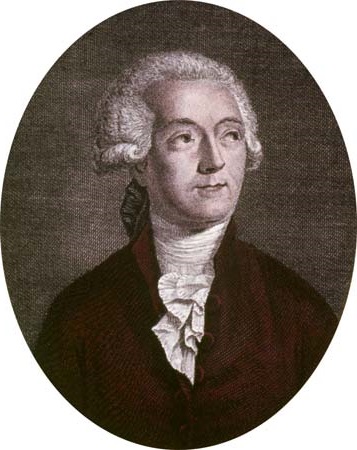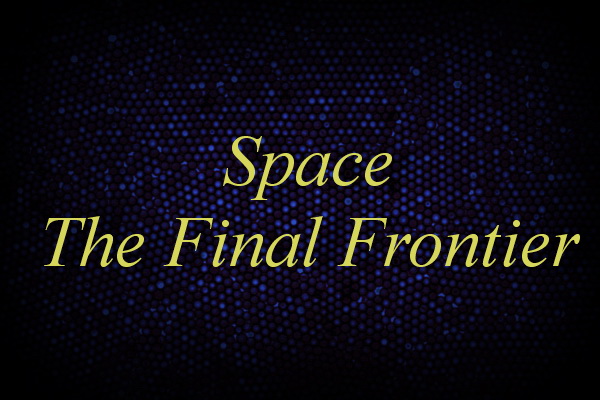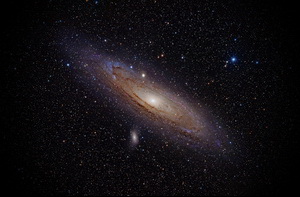.jpg)
Mikhail Lomonosov
1711-1765

Antonie - Laurant Lavoisier
1743 - 1794
Polarized Space
Non-Polarized Space
Density-Mass Index - (DMI) - Primal Space
Universal Dark Matter Particle Space - (UDMPS)
.jpg)
.jpg) Mikhail Lomonosov 1711-1765 |
 Antonie - Laurant Lavoisier 1743 - 1794 |
Matter / Mass Polarized Space Non-Polarized Space Density-Mass Index - (DMI) - Primal Space Universal Dark Matter Particle Space - (UDMPS) |
.jpg) |
Matter - (three dimensions, height, width and depth) - (a) Matter is a substance that produces all of "Existence." It can not be created or destroyed. This means that Matter had to have existed before the Big Bang. Because of its infallibility, it means that matter does not increase or decrease because of energy. Energy is movement and is not matter. To carry it one step further, energy can not exist by itself, it takes matter to create energy. So how does space expand and contract? This happens because of magnetism. Magnetism also has height width and depth, and together with Matter, it creates Mass and the expanding compacting ability of space. Lastly, it is matter + magnetism that produces the illusion of increasing or decreasing matter, but as you can see, it has to be magnetism that does the expanding and contracting, not matter.
There are two formulations of Matter. The first one is Primal Sand. This matter is defined as basic existence and is at the beginning of measurable space. Each minuscule grain is irregular and solid, and has no internal energy. Because the grains are unique, the small space they occupy will always be the same. (It is conserved). On the other hand, because these tiny grains can vibrate, move, and bump into each other, they can and do create space. The space they create is called primal space. So, Primal Sand that has energy, can create space, along with the space of it's matter. Both together is what we call mass. We are not done yet. Energy plus the Mass of Primal Space, can create a Primal Universe. (b) Lets stop here for a moment... I know that there are thoughts that are not adding up, but stay with me, all will be clear in a minute. One last important piece of information. Primal Matter, Primal Space, Primal Universe, is not " Polarized Space." This is because there are no Universal Dark Matter Particles with spinning energy.
The second formulation of matter is, Spherical Matter; Universal Dark Matter Particles. (UDMP's). They are made by molding Primal Sand and it's space, into a spherical form, then forcing it to spin. When this happens it creates more space to spin in. The space that is produce is a strong, Polarized, Magnetic Zone. This is because the spinning spheres of Primal Matter Sand, produce a north and south pole with a one way magnetic flow thru each spinning axes. When you add all the spinning spheres of Primal Sand together, you get a vast expanse. In TLU theory, this space is called the Universal Dark Matter Particle Sea. (b) Now it gets interesting, when the spin force relaxes, the strong magnetic spatial force of UDMP's also relax. This in turn expands the area that the spinning Universal Particle created. The tiny grains of sand spread out and have a weaker formation. (c) In the cold cold outer universe, the tiny universal particles lose even more spin. When this happens they lose their Torus formations. This is what turns Dark Matter Space into Primal Space. What? That's right. This is because the strong polarized pulling force of magnetism, is now weaker than the original polarized force. The Universal Particle has lost its structure, and only loose, primal matter and it's expanded weak spatial force, exists. Oh My... I bet Einstein would not like this idea... I bet you're right, but, this prediction of TLU has tons of evidence to back it up. On the contrary, Einstein's changing energy into matter, does not have any credible evidence, it is a concept!
TLU - Energy can not create Matter, it is just the opposite. Matter is an entity, active energy is movement, and potential energy is stored movement. So, it is now possible to say, you can have matter with no energy, matter with energy, or matter with both active and potential Energy. (b) Finally, it is the spin energy of the spherical form of matter, that creates the Mass of the UDMP Universe. This is because each spinning body produces a magnetic polarized spatial force. This in turn, is what produces space between all particles, structures and body's. When you add together the matter of spinning Universal Particles, with the magnetized space they have created, you can now understand the very active vast expanse of the Cosmos. (Universal Dark Matter Particle Sea) - (UDMPS).
Conclusion - In TLU theory, tiny spinning body's of Primal Sand, are called Universal Dark Matter Particles. These particles are what creates the energetic medium for Celestial Body's. (the distance between Planets, Stars and Galaxy's). They are also the basic ingredient for Protons, Electrons and Neutrons. All this means that space, and body's in space are not as complicated as once thought. They have a simple beginning and a understandable evolution. On the other hand as you will see, there is much more in store for these tiny universal particles.
The first evolutionary product of the Dark Matter Sea, are Magnetic Strings. They form out of the spinning dark matter particles and the expansion energy of the Big Bang. Next, Universal Particles form ropes and a looping phenomena. It is this particle interaction that will eventually create a Proton. As you can see the Universe is beginning to get complicated. How it all fits together begins with the production of basic sub-atomic particles. (Proton, Electron, Neutron - Not Quarks Leptons and Bosons). Keep in mind, that the basic ingredient of all space, and body's of space, are tiny spinning spheres of sand... To continue this story, you have to visit the Particle Evolution page...| Mass
of the Standard Model (not supported by TLU) |
 |
The property of a body that causes it to have weight
in a gravitational field. The astronomical unit of mass is the solar mass. (M ☉).
It is often used to refer to this unit. The solar mass is
1.98892×1030 kg. This is a standard way to express mass in astronomy
and is used
to describe the masses of other stars and galaxies. |
|
The Logical Universe Theory of
Mass An average person standing on different celestial body's |
 (a) Earth |
 (b) Moon |
 (c) Jupiter |
 (d) Sun |
Density Mass Index (DMI) - A new term to describe the relativity of Universal Particle Material Density, to the amount of Universal Particle Space in a Medium, and or, Structures. A Black Star has high Density and very low Mass. Open space has very low Density and high mass. (a) The Earth's Gravity Current (which is subject to the Density Mass Index), is traveling thru the persons structure thus producing a pull of 140 lbs. (b) The Moon's Gravity Current, traveling thru the individual, produces a pull of 23 lbs. (c) Jupiter's Gravity Current, traveling thru the individual, produces a pull of 355 lbs. (d) The Sun's Gravity Current, traveling thru the individual, produces a pull of 3914 lbs.
|
 |
|
 |
 |